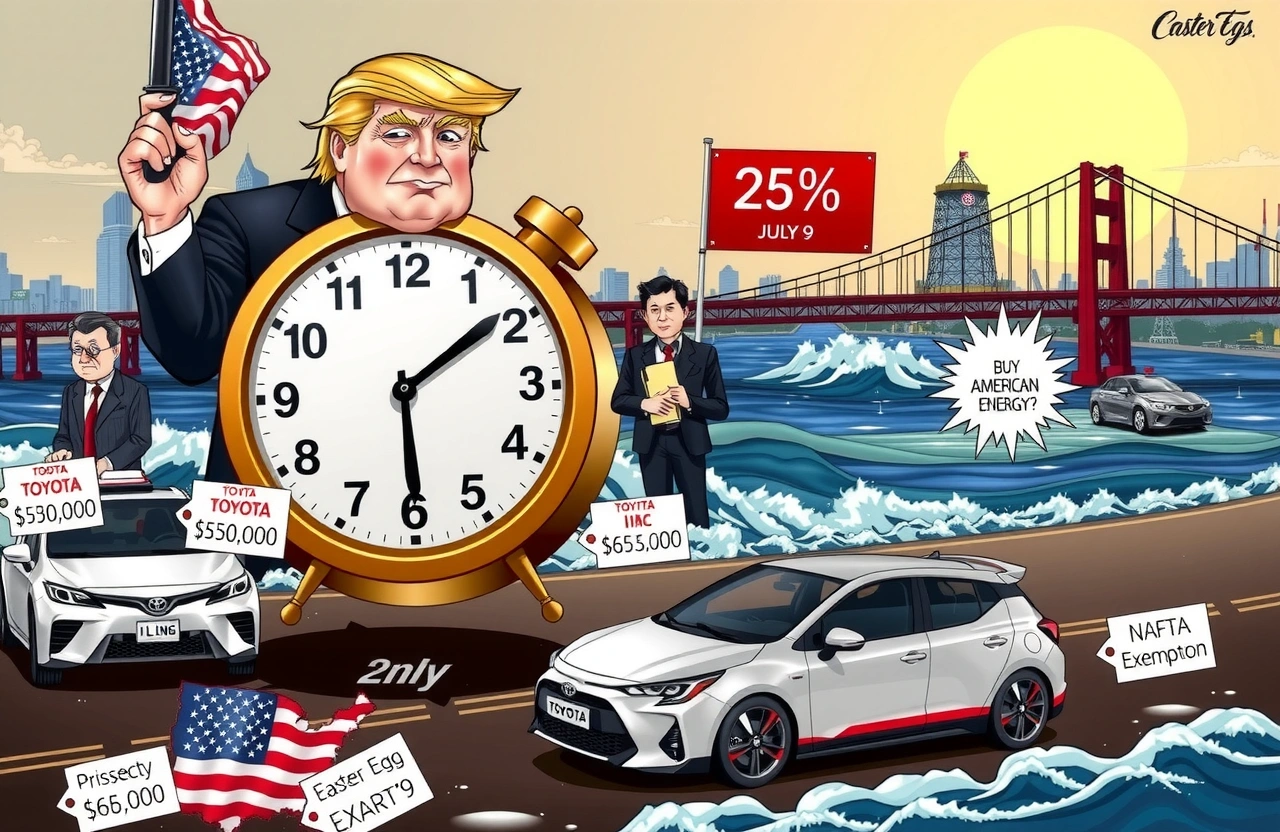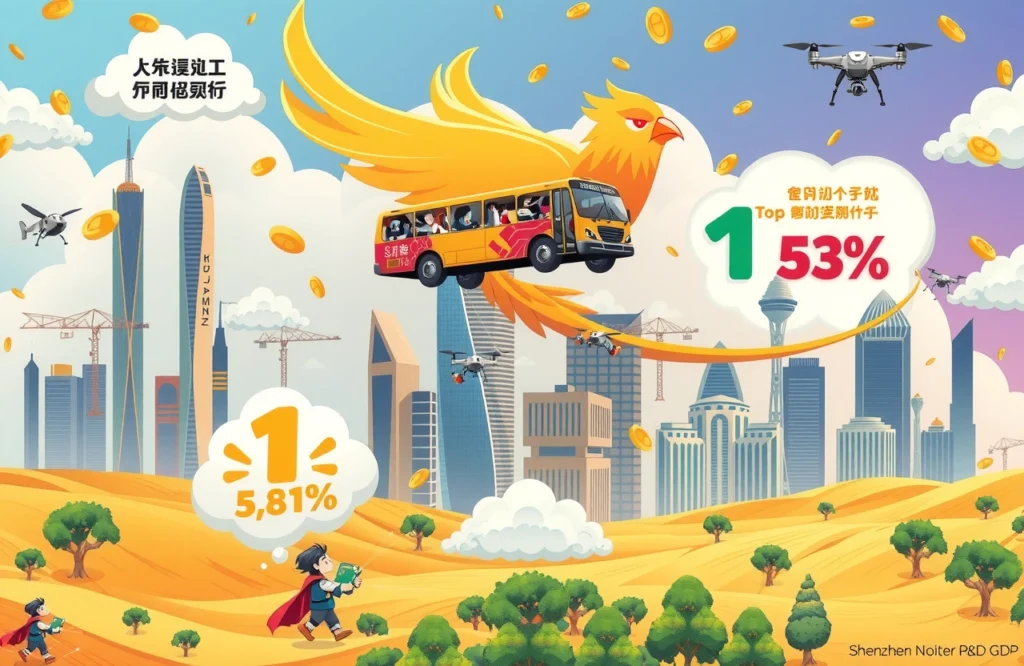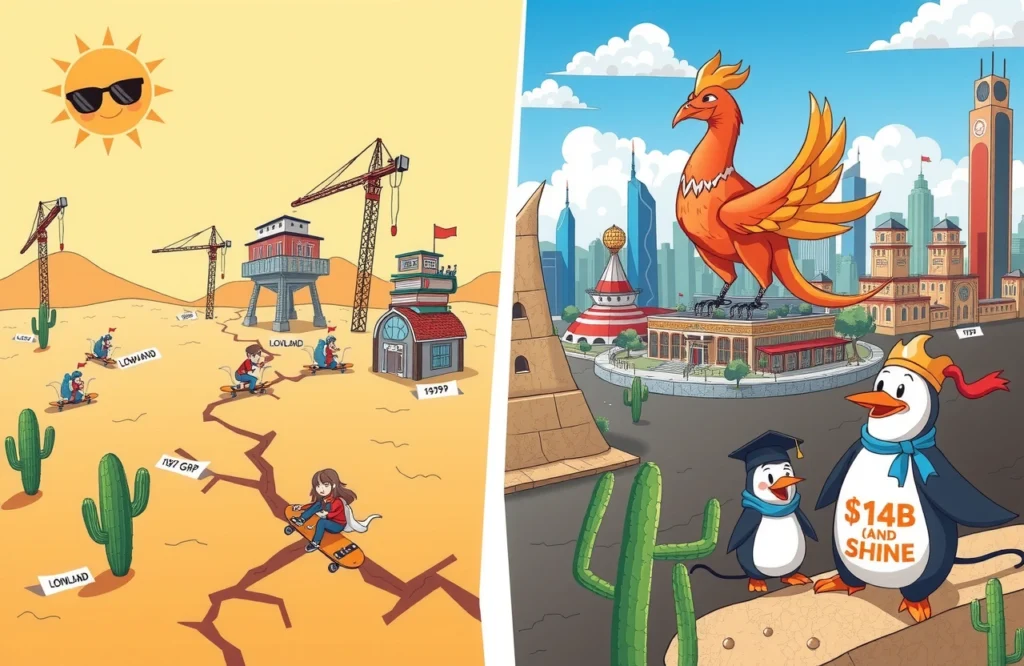The Looming Deadline: Trump’s Tariff Ultimatum
With just days remaining before the July 9 deadline for “reciprocal tariffs,” former President Donald Trump has issued a stark warning to Japan: accept new trade terms or face devastating 25% auto tariffs. This high-stakes confrontation threatens to disrupt a trading relationship worth $200 billion annually. The 25% auto tariffs would hit Japan’s automotive industry at its core, potentially increasing prices for popular models like Toyota Camrys and Honda Accords by thousands of dollars.
Trump’s blunt message—”Dear Japan, your cars will be hit with 25% tariffs”—comes amid tense negotiations between the economic powerhouses. The threat leverages Section 232 national security provisions, the same mechanism previously used for steel and aluminum tariffs. As the clock ticks down, automakers brace for impacts that could ripple through global supply chains.
The Fox News Interview: Key Revelations
In his June 29 Fox News interview, Trump framed the 25% auto tariffs as necessary to correct what he called “decades of unfair trade practices.” He emphasized: “We have a massive trade deficit with Japan—they understand this imbalance. Now we have oil. They can buy large quantities, among other things.” This statement suggests Trump views energy exports as a potential bargaining chip in negotiations.
The former president also asserted his authority to impose unilateral tariffs without congressional approval, referencing his previous use of executive powers during his administration. This sets a concerning precedent for international trade relations, where unilateral actions could replace multilateral negotiations.
Countdown to July 9: What’s at Stake
The imminent deadline creates pressure for Japanese automakers who export over 1.7 million vehicles to the U.S. annually. Key implications include:
– Price increases of $3,000-$6,000 per vehicle for American consumers
– Potential loss of 400,000 U.S. auto-related jobs
– Disruption to just-in-time manufacturing systems
– Stock market volatility for companies like Toyota and Honda
Decades of Imbalance: The Auto Trade Deficit
The U.S.-Japan automotive trade relationship has been lopsided for generations. Japan exported $40.3 billion worth of vehicles to America in 2023, while U.S. auto exports to Japan totaled just $1.5 billion. This asymmetry stems from non-tariff barriers including:
– Japan’s complex vehicle certification system
– Safety standards favoring domestic manufacturers
– Distribution networks that limit foreign market access
Trump’s push for 25% auto tariffs aims to force Japan to dismantle these barriers. Historical context shows this isn’t new—the 1980s saw similar tensions resolved through voluntary export restraints. But today’s approach risks triggering a full-scale trade war.
Why Japanese Automakers Dominate
Japan’s automotive success in America isn’t accidental. Three key factors created this dominance:
1. Fuel efficiency leadership during oil crises
2. Superior reliability ratings that built brand loyalty
3. Strategic U.S. manufacturing investments avoiding import tariffs
Companies like Toyota now build over 70% of their U.S.-sold vehicles in North American plants. However, premium models and key components still come from Japan, leaving them vulnerable to the proposed 25% auto tariffs.
Negotiation Chess: Amari vs. Lighthizer
Japan’s chief negotiator Akira Amari (赤泽亮) rushed to Washington last week for emergency talks with U.S. Trade Representative Robert Lighthizer (卢特尼克). These seventh-round discussions followed months of stalemate. Japan’s Cabinet Office described the meetings as “productive” but provided no details about potential compromises.
Sources indicate Japan might offer concessions including:
– Increased purchases of U.S. liquefied natural gas
– Reduced agricultural import barriers
– Streamlined certification for American vehicles
However, Trump’s recent comments suggest dissatisfaction with progress. The lack of extension talk signals a hardline stance as the July 9 deadline approaches.
Japan’s Strategic Response
Facing the 25% auto tariffs threat, Japan employs multi-pronged diplomacy:
– Emphasizing shared security interests against China
– Highlighting Japanese automakers’ 1.6 million U.S. jobs
– Mobilizing allies in Congress from auto-producing states
Prime Minister Fumio Kishida’s administration walks a tightrope—resisting perceived bullying while preventing economic damage. The delicate balance reflects Japan’s dependence on U.S. markets versus national pride in its automotive industry.
The Oil Gambit: Trump’s Alternative Solution
Trump’s suggestion that Japan “buy large quantities of oil” reveals an alternative path to balance trade. The U.S. became the world’s top oil producer in 2018, while Japan imports 90% of its energy. Increasing energy exports could offset the auto trade deficit without resorting to 25% auto tariffs.
Potential benefits of this approach:
– Reduced U.S. trade deficit by $20 billion annually
– Strengthened energy security for Japan
– Preservation of automotive supply chains
However, logistical challenges include limited U.S. export infrastructure and Japan’s existing long-term contracts with Middle Eastern suppliers. The viability of this solution remains uncertain.
Global Implications of Unilateral Tariffs
Trump’s threat of unilateral 25% auto tariffs represents a broader shift in U.S. trade policy. By bypassing WTO frameworks, such actions could:
– Encourage copycat protectionism globally
– Undermine decades of trade liberalization
– Trigger retaliatory measures against U.S. exports
The European Union has already prepared counter-tariffs targeting $20 billion of U.S. goods should the 25% auto tariffs materialize. This escalation risk comes as the global economy faces inflation and supply chain fragility.
Supply Chain Domino Effect
Automotive manufacturing’s interconnected nature means 25% auto tariffs would ripple beyond Japan:
– U.S. dealers facing inventory shortages
– Mexican factories supplying Japanese automakers
– German component manufacturers
– South Korean competitors poised to gain market share
Industry analysts warn the tariffs could add 2-3% to overall U.S. inflation, hitting consumers already struggling with rising prices. The narrow focus on vehicles ignores how modern manufacturing relies on cross-border component flows.
Potential Outcomes Before the Deadline
With days remaining, three scenarios appear possible:
1. Last-Minute Deal: Japan offers significant concessions on agricultural market access and energy purchases to avoid 25% auto tariffs
2. Temporary Extension: A 30-60 day pause for further negotiation, similar to previous E.U. negotiations
3. Tariff Implementation: Trump follows through, triggering immediate 25% auto tariffs on July 10
Automakers have contingency plans ranging from price increases to production shifts. Toyota could accelerate its Alabama expansion, while Honda might redirect exports to Canada. However, such adjustments require months, not days.
Long-Term Industry Transformation
Regardless of the July 9 outcome, the 25% auto tariffs threat accelerates existing trends:
– Nearshoring of component manufacturing
– Increased U.S. production of hybrid and electric vehicles
– Diversification away from Chinese supply chains
Japanese automakers face a strategic dilemma: absorb tariff costs, pass them to consumers, or accelerate $50 billion in planned U.S. factory investments. The decision will reshape the automotive landscape for decades.
Navigating the Trade Crossroads
The coming days will test whether economic pragmatism or political brinkmanship prevails. While Trump’s 25% auto tariffs threat aims to rectify trade imbalances, the blunt instrument risks collateral damage across global markets. Japanese automakers’ U.S. investments demonstrate deep economic interdependence that tariffs could undermine.
Consumers, automakers, and policymakers must prepare for multiple scenarios. Monitor official announcements from the U.S. Trade Representative and Japan’s Ministry of Economy, Trade and Industry. The outcome will signal whether major economies can resolve disputes through negotiation or increasingly resort to unilateral measures. As the deadline nears, stakeholders should assess supply chain vulnerabilities and develop contingency plans for this potential trade earthquake.




